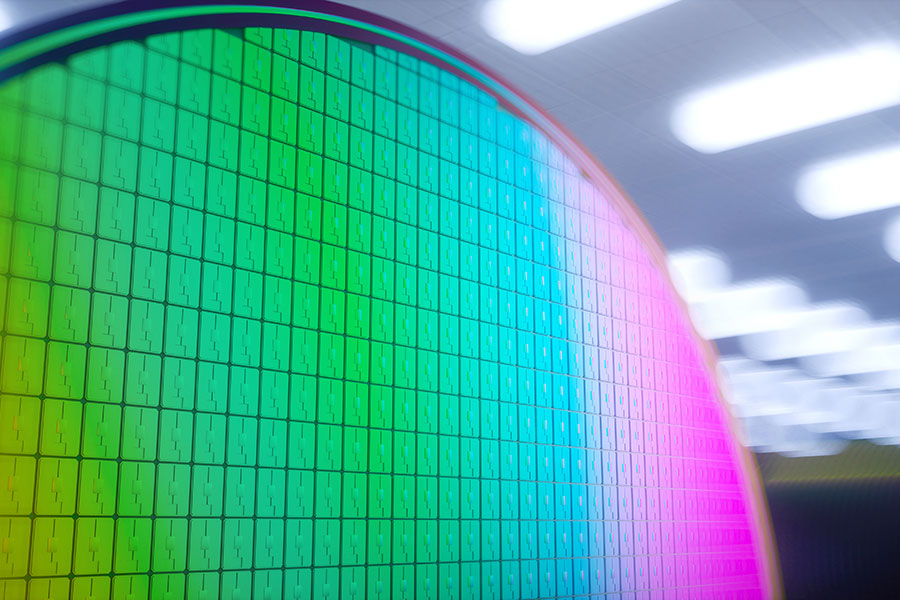
By Greg Gao
(JW Insights) Oct 8 -- JW Insights recently compiled and analyzed the cash information of 181 listed Chinese semiconductor companies, publishing the “Ranking of Chinese Semiconductor Listed Companies by Cash and Cash Equivalents.” SMIC, the country's largest chip manufacturer, topped the list with RMB68.589 billion( $9.4 billion).

Cash and cash equivalents are a company’s most liquid assets, playing a crucial role in its operational and investment activities. These assets include cash, bank deposits, and other forms of cash equivalents.
Among the top 10 companies on this list, six have cash and cash equivalents exceeding RMB10 billion ($1.37 billion). They are, in descending order:
SMIC(中芯国际) (RMB68.589 billion or about $9.4 billion);
Nexchip Semiconductor(晶合集成) (RMB15.534 billion or about $2.1 billion);
Huahong Group(华虹公司)(RMB14.637 billion or about $ 2 billion);
China Resources Microelectronics(华润微) (RMB11.045 billion or about $1.5 billion);
Hygon(海光信息) (RMB10.559 billion or about $1.45 billion);
and NAURA Technology Group(北方华创) (approximately RMB10.531 billion or about $1.44 billion).
The remaining four companies are:
TZE(TCL中环) (RMB9.809 billion or about $1.34 billion);
USI(环旭电子) (RMB9.76 billion or about $1.33 billion);
Ninestar Corporation(纳思达)(RMB9.673 billion or about $1.32 billion);
and Shenzhen Kaifa Technology(深科技)(approximately RMB9.341 billion or about $1.28 billion).
In comparison to the beginning of the year, 84 companies have seen an increase in cash and cash equivalents, while 97 suffered a decrease.
Among the top five companies with the highest increase - Motorcomm Electronic Technology(裕太微) (1,700.4%), Anhui Xdlk Microsystem(芯动联科) (1,032.2%), Guangzhou Anyka(安凯微) (674.4%), Skyverse Technology(中科飞测) (673.2%) and Lontium Semiconductor(龙迅股份)(512.2%).
Notably, 21 companies have a cash and cash equivalents-to-total-assets ratio exceeding 50%, 38 companies have a ratio between 30% and 50%, 37 companies have a ratio between 20% and 30%, 55 companies between 10% and 20%, and 30 companies below 10%.
Cash and cash equivalents are often referred to as a company’s “hard cash” and are considered the most reliable assets. They not only meet a company’s daily operational needs but also allow for investments in financial instruments like stocks, funds, and financial products, generating additional investment returns. Moreover, having sufficient funds enables a company to avoid borrowing from external sources, thus saving on interest expenses.
However, cash and cash equivalents also have their drawbacks. A large balance of cash and cash equivalents indicates underutilized resources and high opportunity costs.
RELATED
-
The IC design subsidiary of China’s listed IC distributor P&S completes testing of its first MCU product for automotive standard
11-20 16:26 -
Chinese electronic component company CETC mass produceds its Beidou satellite communication module for China’s major EV maker
11-20 15:55 -
Chinese top-tier chipmaker HuaHong Semiconductor's net profit plummets 86 percent in the third quarter
11-17 19:11
READ MOST

No Data Yet~







